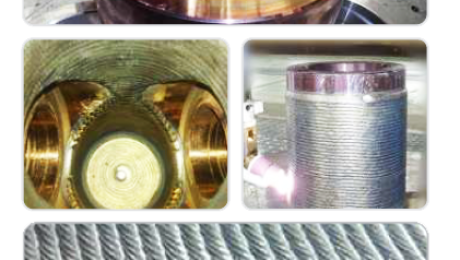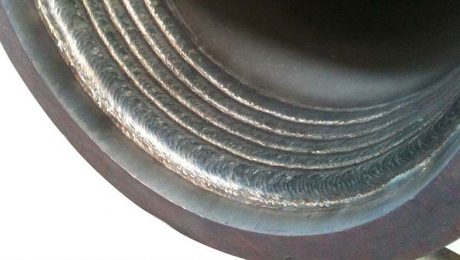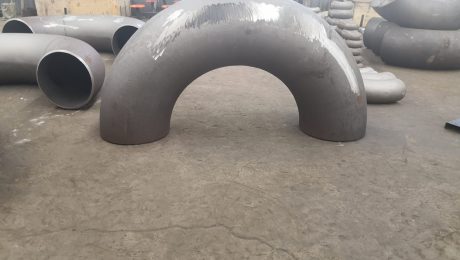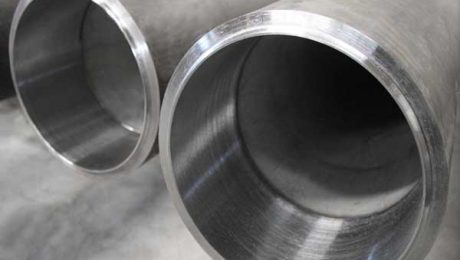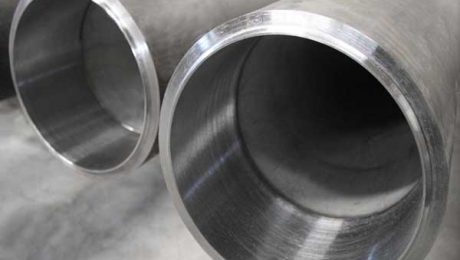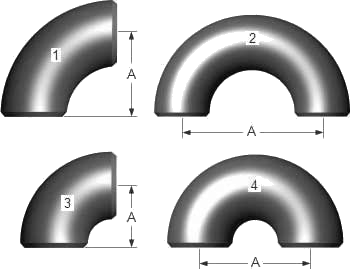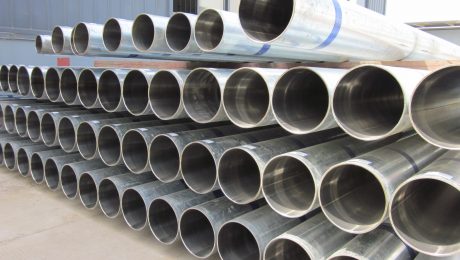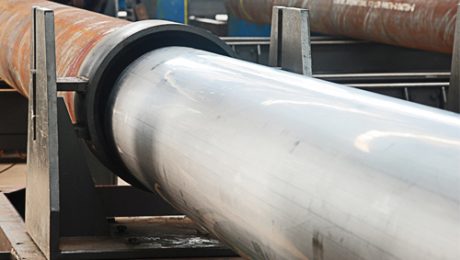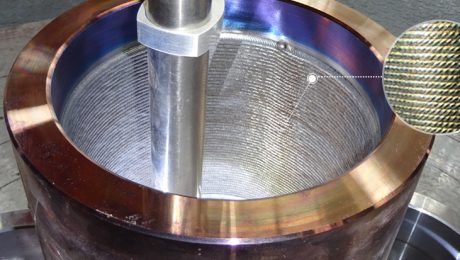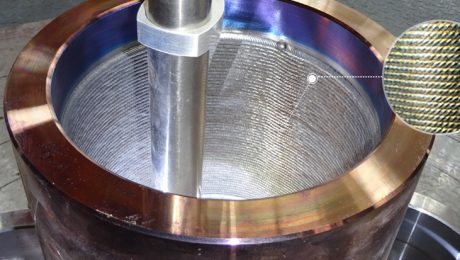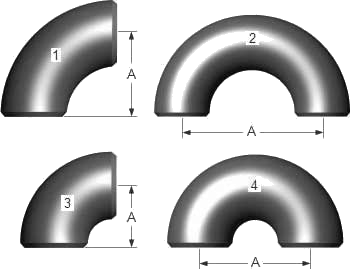Butt Welding Stainless Steel Pipe Elbow In-Depth Analysis of the Market and Technology
Tuesday, 16 July 2024
In-Depth Analysis of the Market and Technology for Butt Welding Stainless Steel Pipe Elbow Fittings Market Analysis 1. Market Size and Growth The global market for stainless steel pipe fittings, including butt welding elbows, has been experiencing significant growth. This growth is driven by: Industrial Expansion: Increasing industrial activities, especially in sectors such as oil &
- Published in Technology
Clad Pipe and Lined Pipe: Solutions for Chemical and Petrochemical Industries
Sunday, 31 December 2023
In the chemical and petrochemical industries, the transportation of corrosive chemicals and fluids is a common requirement. To ensure the safety and integrity of the piping systems in these industries, clad pipe and lined pipe are often utilized as effective solutions. These specialized pipes offer unique advantages, making them ideal for the challenges faced in
- Published in Technology
Cladded Pipes Specification , Cladding Pipe Process
Friday, 22 December 2023
Cladded Pipes Specification Cladding Pipe Process What is Cladded Pipe? Size Range of Cladding Steel Pipes? Clad Pipe Price List? Pipe Cladding Surface Treatment? Cladded Pipes Specification Cladded pipes, also known as clad pipes, are pipes that consist of a base metal pipe with an additional layer of cladding material bonded to its surface. This
- Published in NEWS, Technology
How butt welding fittings is produced ?
Saturday, 28 October 2023
Butt welding fittings, such as those complying with the ASTM A234 standard, are produced through a series of steps that involve the shaping, heating, and cooling of metal. Here is a general overview of the process: Procurement of Raw Material: The raw material, often in the form of a billet or a plate of carbon
- Published in Technology
Mechanically Lined Pipe Inspection Industry Standards
Sunday, 22 October 2023
Industry Standards for Mechanically Lined Pipe Inspection The inspection of mechanically lined pipes (MLPs) is governed by various industry standards to ensure their safety, reliability, and quality. These standards vary by region and industry, but a few of the most common ones include: API 5LD: Published by the American Petroleum Institute, this standard covers the manufacturing
- Published in NEWS, Technology
Mechanically Lined Pipe: Understanding the Process and Inspection
Sunday, 22 October 2023
Mechanically lined pipes (MLP) represent a significant technological development in pipeline engineering. They are primarily used in high-pressure, corrosive environments where it is essential to maintain the integrity of the pipeline over extended periods. Introduction Mechanically lined pipes are composite pipes comprising two independently manufactured pipe lengths. The inner pipe, often made of corrosion-resistant alloy
- Published in Technology
How does the ASME B16.9 standard ensure the compatibility and interchangeability of fittings?
Monday, 04 September 2023
The ASME B16.9 standard, established by the American Society of Mechanical Engineers, plays a significant role in ensuring the compatibility and interchangeability of pipe fittings like the stainless concentric reducer. It achieves this through rigorous specification of various parameters and characteristics of these fittings. Here’s how: Dimensions: The standard specifies the precise dimensions for the
- Published in Technology
Method of welding stainless steel lined pipe
Friday, 21 July 2023
Welding stainless steel lined pipe involves a few steps that require careful attention to ensure a quality seal. Here’s a general method for welding these types of pipes: Materia ls Needed: Welding machine (TIG or MIG typically for stainless steel) Stainless steel filler material Welding mask and gloves Wire brush or grinder Welding Gas (Argon for TIG, a mix
- Published in Technology
What is the MECHANICAL CLAD LINED PIPE
Monday, 17 July 2023
What is the MECHANICAL CLAD LINED PIPE Mechanical clad lined pipe is a type of pipe used in various industries, including the oil and gas industry, petrochemicals, and other high-pressure applications. It utilizes “cladding” – a process of bonding or fusing one metal (the “cladding” material) onto another (the “base” material) – to create a
- Published in Technology
What is CRA clad or lined steel pipe?
Monday, 03 July 2023
CRA (Corrosion Resistant Alloy) clad or lined steel pipes are composite pipes designed to provide enhanced corrosion resistance and mechanical properties compared to traditional steel pipes. They are used in applications where the working environment is highly corrosive or demanding, such as oil and gas, petrochemical, and chemical industries. In CRA clad or lined steel pipes, a
- Published in Material, Technology
What is the difference between lined pipe and clad steel pipe ?
Monday, 03 July 2023
Lined pipe and clad steel pipe are two types of composite pipes used to enhance the performance and durability of piping systems in various industries, especially in corrosive environments. They differ in their manufacturing processes, characteristics, and use cases. Lined Pipe Lined pipes consist of an inner layer or liner made from a corrosion-resistant material,
- Published in Material, Technology
What is the difference between socket weld fittings and buttweld fittings ?
Wednesday, 28 June 2023
Socket weld fittings and buttweld fittings are two types of pipe fittings used to connect pipes or pipe sections in various applications. They differ in their design, installation method, and suitable applications. Here’s a comparison of the two types of fittings: Socket Weld Fittings: Design: Socket weld fittings have a socket (recess) into which the pipe is
- Published in Technology


